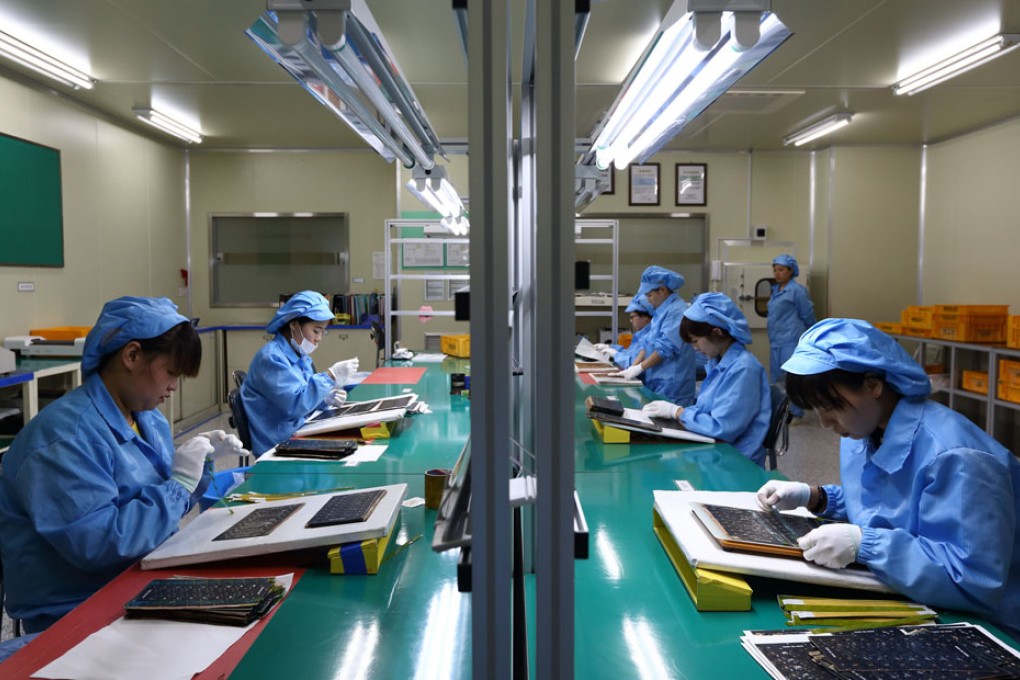No reason for investor panic over Asia
Louis Kuijs says leaders should still prepare for further 'taper turmoil'

Investors may have been too quick to jettison Asian assets during their recent pullback from emerging markets. While some economies, including India and Indonesia, have proved vulnerable to fears of scarcer global liquidity, Asia's emerging economies still boast stronger macro fundamentals and are better prepared for capital outflows than during earlier crises.
Asian economies have stronger current account positions now and Asia's most important economy, China, is additionally protected by capital controls. That barrier means that relatively little foreign portfolio capital flowed into the country as a result of the US Federal Reserve's quantitative easing programme, so it has seen little of the investor panic suffered by other emerging markets.
The ability to service foreign debt across much of Asia is substantially less worrisome than in the recent past, while exchange rates are more flexible, backed by central banks with larger foreign currency reserves.
Nor have the long-term prospects of emerging markets in Asia changed suddenly. With productivity and income across emerging markets still so much lower than in advanced economies, these countries are likely to remain the key drivers of global growth in the coming decades.
The manufacturing economies of Asia in particular should welcome the coming normalisation of US monetary policy as a signal of renewed growth in its most important export market. The winding down of US bond purchases is good news - not something to be feared as more short-termist markets seem to view it.
While Fed talk of tapering its quantitative easing has clearly reversed some flows in emerging markets, the region's economies can be confident that sudden changes in US monetary policy are not on the agenda. The gradual reduction of bond purchases is conditional on positive growth and employment figures, while US interest rates should remain at between zero and 0.25 per cent until 2015.
